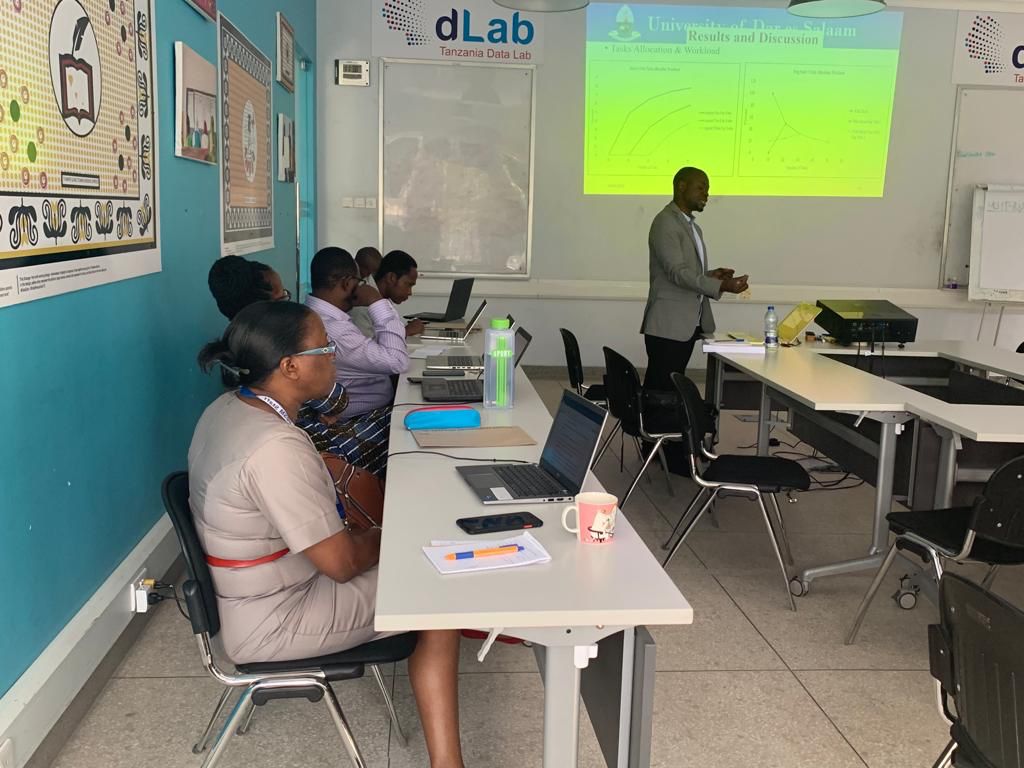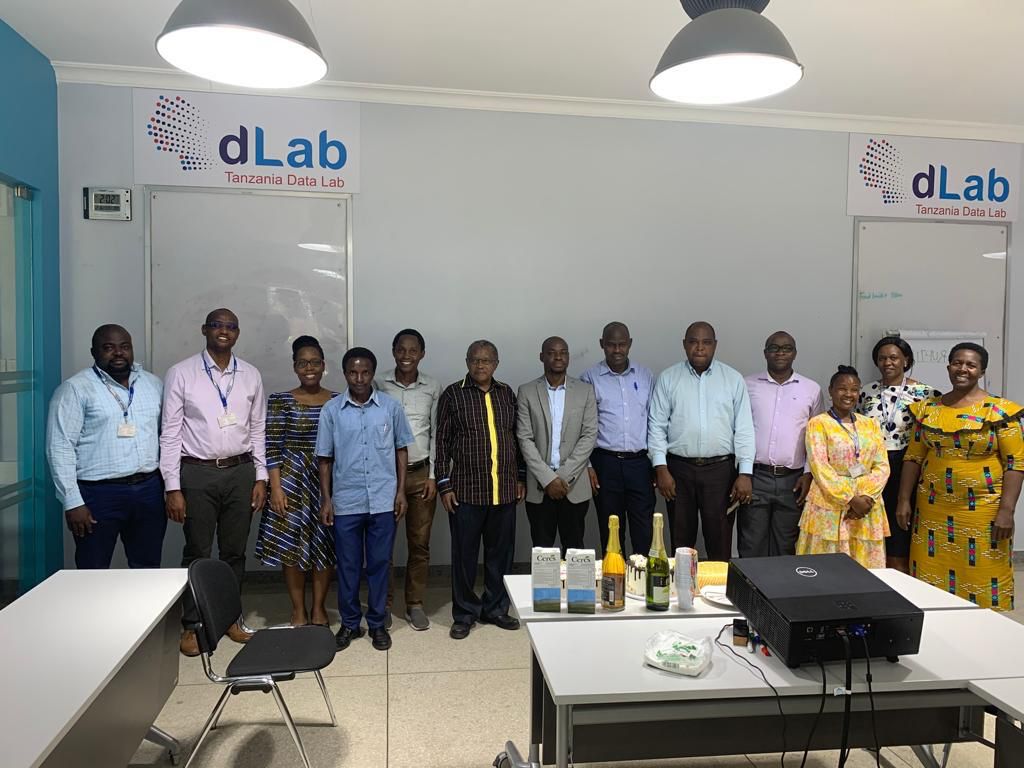Succefull PhD Defense by Mr Gilbert Mapunda

- 16 Feb
- 2022
...
Mt Gilbert successfully defend his PhD research in Computer and IT Systems Engineering on 16th February 2022. His research focused on developing a fog-based distributed architectural model to support fault clearance applications in the electrical secondary distribution network.
The use of sensors in electrical distribution networks generates masses of data for monitoring and controlling actions. Collecting, processing, and storing such vast amounts of data; and coordinating grid applications using traditional centralized cloud computing architectural models lead to low-speed processing, high cost, latency, and centralization-based challenges. Significant research work has been done on medium voltage networks to address the problem using distributed computing architectures. For electrical secondary distribution network (ESDN), studies have recommended extending distributed computing functions close to data sources, but little is known on computing node deployment planning.
The proposed deployment planning model offered an improvement of more than 8% through HyperVolume indicator comparisons, which indicates better convergence and diversity of deployment planning alternatives. The coordination mechanism improved application workload distribution of up to 70% and 40% to fog and cloud nodes, with significant latency and execution times improvement in the order of 70% and 89% between cloud and fog computing model comparisons. This signifies that most of the data processing was pushed to the local fog nodes, which is crucial for fault management applications. The study has demonstrated that the proposed distributed architectural computing model provides the acceptable quality of service required by grid-based applications in comparison to cloud computing models for addressing fault detection and clearance in ESDN.
